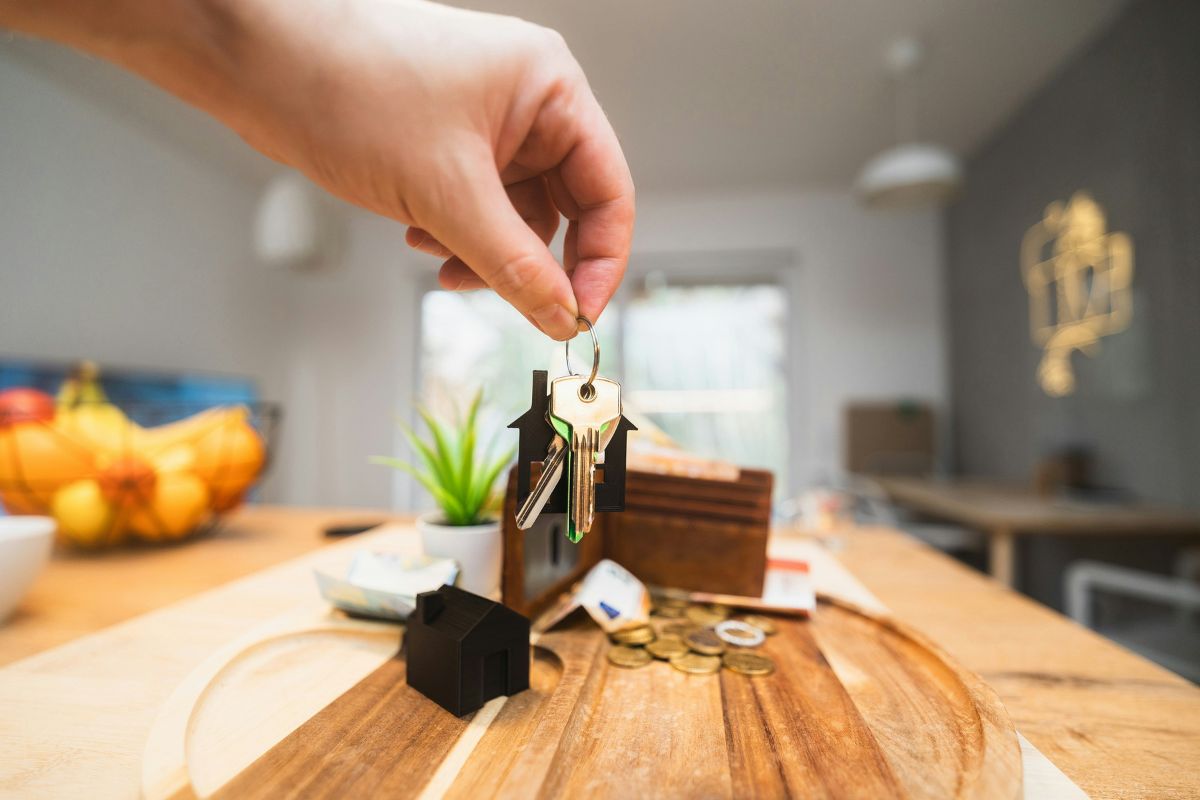The Real Monthly Costs Behind Every Investment Property: What Investors Must Know
In the world of property investing, the dream of passive income can quickly turn into a financial headache if you don’t have your numbers right. At B Invested, we don’t just chase hype, we chase results, and that means knowing what you’re really in for. Many investors overlook the true monthly costs of holding a property, only to be blindsided down the track.
Nathan Birch built a portfolio of over 300 properties by understanding one simple truth: it’s not just about what you buy, but what it costs you to hold it. Let’s break down the real monthly costs that can make or break your investment and how you can stay ahead of the game.
1. Mortgage and Interest: The Big One That Moves with the Market
Your mortgage repayment will always be your biggest cost, and it’s the one that fluctuates the most. With rate hikes still making headlines in 2025, many investors are feeling the squeeze.
If you bought when rates were low and didn’t buffer for increases, your cash flow might already be tight.
But Birch’s philosophy stands strong: always invest based on what the property can produce. That means looking at properties that are still positively geared even with interest rates above 6%. A $40K deposit can still get you in the market with the right strategy, but only if you know what your repayments will be, and how to buffer for changes.
2.Maintenance, Management and Unexpected Surprises
The true cost of an investment property doesn’t stop at your loan. Management fees (typically 6–9% of your rent), routine maintenance, and urgent repairs can quickly stack up. Add in landlord insurance, strata levies, or council rates and suddenly your “cash flow positive” property isn’t looking so breezy.
Smart investors plan for the worst. Always keep a minimum buffer of $2,000 per property, ready to deploy when the hot water system dies or tenants move out. It’s about being strategic, not reactive.
Want to buy a property and never visit it? Fine, but you need a Scale Your Portfolio plan and a Property Management Team.
3.Vacancy, Tax and the “Six‑Year Rule” Strategy
Even in a tight rental market, vacancies can happen. Birch teaches clients to work backwards from their goals and factor in at least two weeks of vacancy per year. That might not seem like much until it becomes a regular thing.
Then there’s tax one of the most misunderstood parts of investing. While negative gearing might offer short-term relief, it’s not a true wealth strategy. Smart investors use tools like the six‑year CGT rule, which allows you to hold a property and rent it out for up to six years while still exempt from capital gains tax. That’s the kind of forward-thinking strategy that builds real financial freedom, not just short-term wins.
It’s not about avoiding costs, it’s about mastering them go from one property to a portfolio and from working a job to creating real freedom. Learn more in our Six‑Year CGT Guide and CGT Overview.
Success Starts With the Right Numbers
Property investment isn’t about rolling the dice it’s about strategy. The investors winning today aren’t guessing; they’re running the numbers, managing their cash flow, and planning with precision.
That’s how Nathan Birch built a 300+ property portfolio by understanding the full cost of holding an asset and moving fast when the right deal shows up.
If you don’t know what your investment is really costing you each month, you’re not investing you’re gambling. Know your numbers, control your outcome, and get closer to financial freedom. Book a Free Discovery Session.



